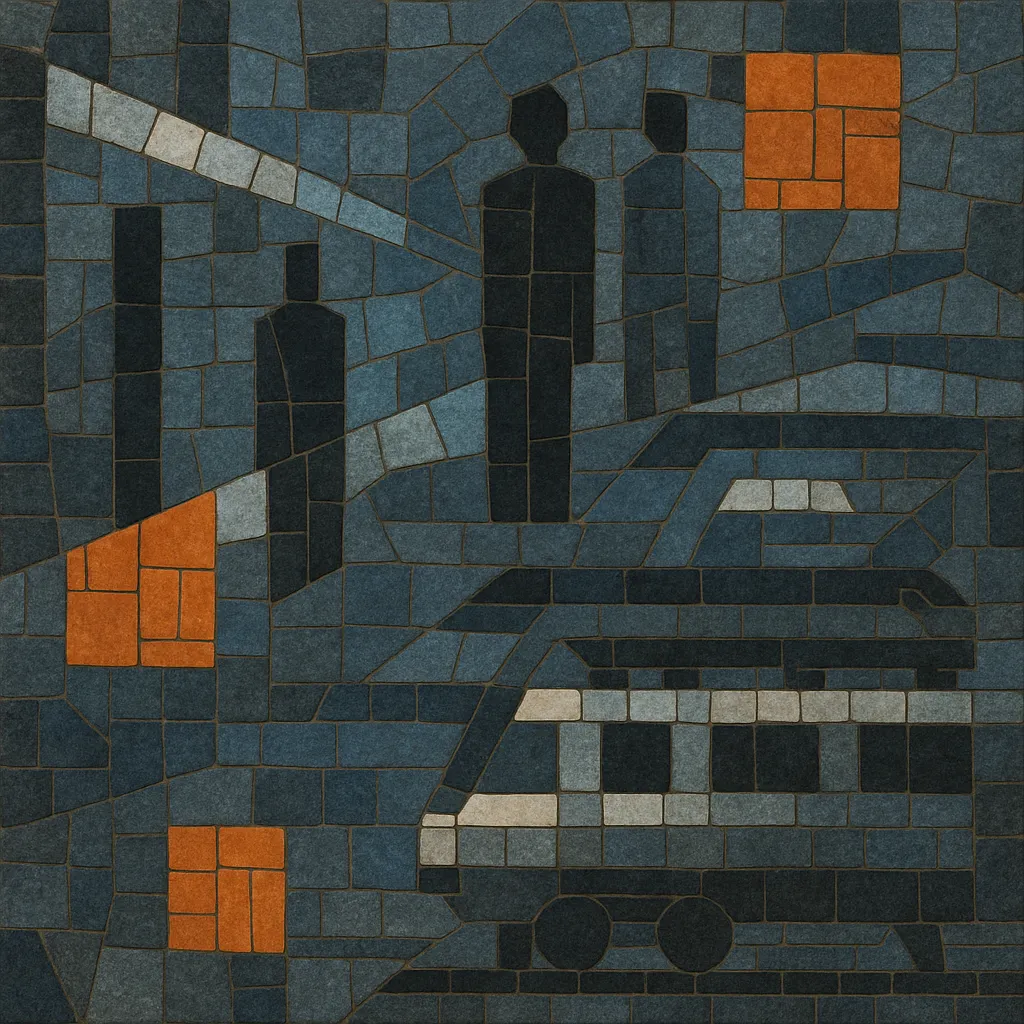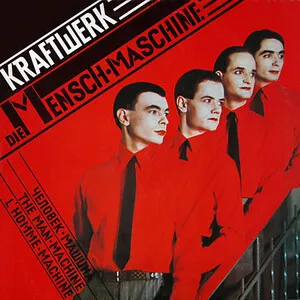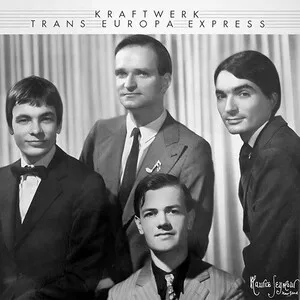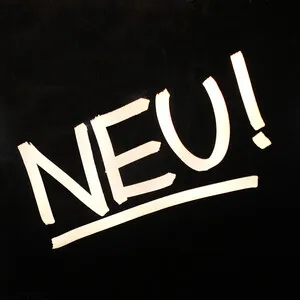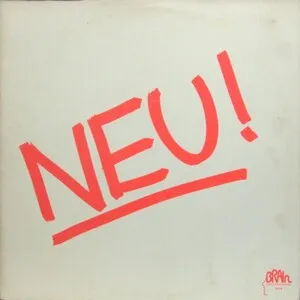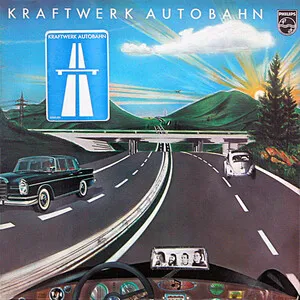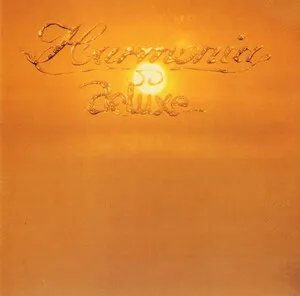The Düsseldorf School is a strand of German electronic and experimental rock that emerged in the early 1970s around the city of Düsseldorf.
It is characterized by a minimalist, machine-precise “motorik” pulse, sleek modernist aesthetics, and a cool, detached approach to vocals and presentation.
Artists in this school favored repetition, linear song structures, and the use of synthesizers, drum machines, and sequencers to evoke the sounds of contemporary technology, transit, and urban life.
While often grouped within Krautrock, the Düsseldorf sound is more urban, pop-leaning, and design-conscious than the cosmic, improvisatory Berlin School, directly laying foundations for synth-pop, electro, techno, EBM, and much of electronic pop thereafter.
Düsseldorf’s art scene, design culture, and fluxus-informed experimentation provided fertile ground for a distinctly modernist music. Early formations of Kraftwerk and the partnership of Klaus Dinger and Michael Rother (later NEU!) translated post-war futurism into steady, driving rhythms and minimalist textures, aligning with contemporary minimalism and avant-garde currents.
NEU! codified the “motorik” beat (a steady 4/4, propulsive groove) as a core rhythmic language. Kraftwerk refined a cleaner, more electronic palette—adopting synthesizers, vocoders, sequencers, and drum machines—while maintaining strict repetition and reduction. The sound eschewed blues clichés for linear motion, mechanical precision, and themes of technology, travel, and modernity.
As the decade turned, the Düsseldorf School fed directly into German new wave (Neue Deutsche Welle) and early EBM. Groups like DAF, Die Krupps, Rheingold, and Der Plan pushed a sharper, body-oriented and electronic sound. Internationally, Kraftwerk’s recordings (notably "Trans-Europe Express" and "Numbers") were pivotal for electro and hip hop—famously forming the backbone of Afrika Bambaataa & the Soulsonic Force’s "Planet Rock"—and influenced synth-pop and new wave across the UK and beyond.
The School’s economy of materials and emphasis on design strongly shaped synth-pop, electro-funk, techno, house, EBM, and later synthwave and minimal/cold-wave revivals. In the 1990s, artists like Kreidler and kindred German acts channeled a post-Kraut, post-rock electronic revival sometimes explicitly framed as a continuation of the Düsseldorf tradition.
The Düsseldorf School remains a cornerstone of modern electronic pop. Its influence is audible wherever rigid pulses, sequenced ostinati, vocoders, and industrial-modern imagery converge—linking experimental rock to the dance floor and to contemporary electronic pop idioms.

